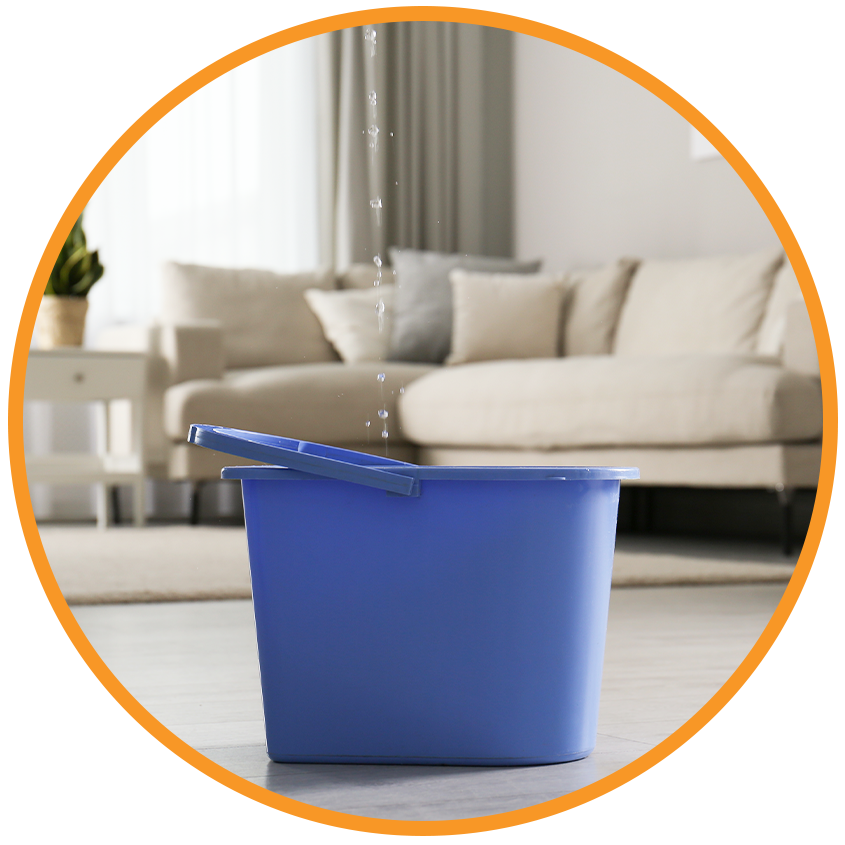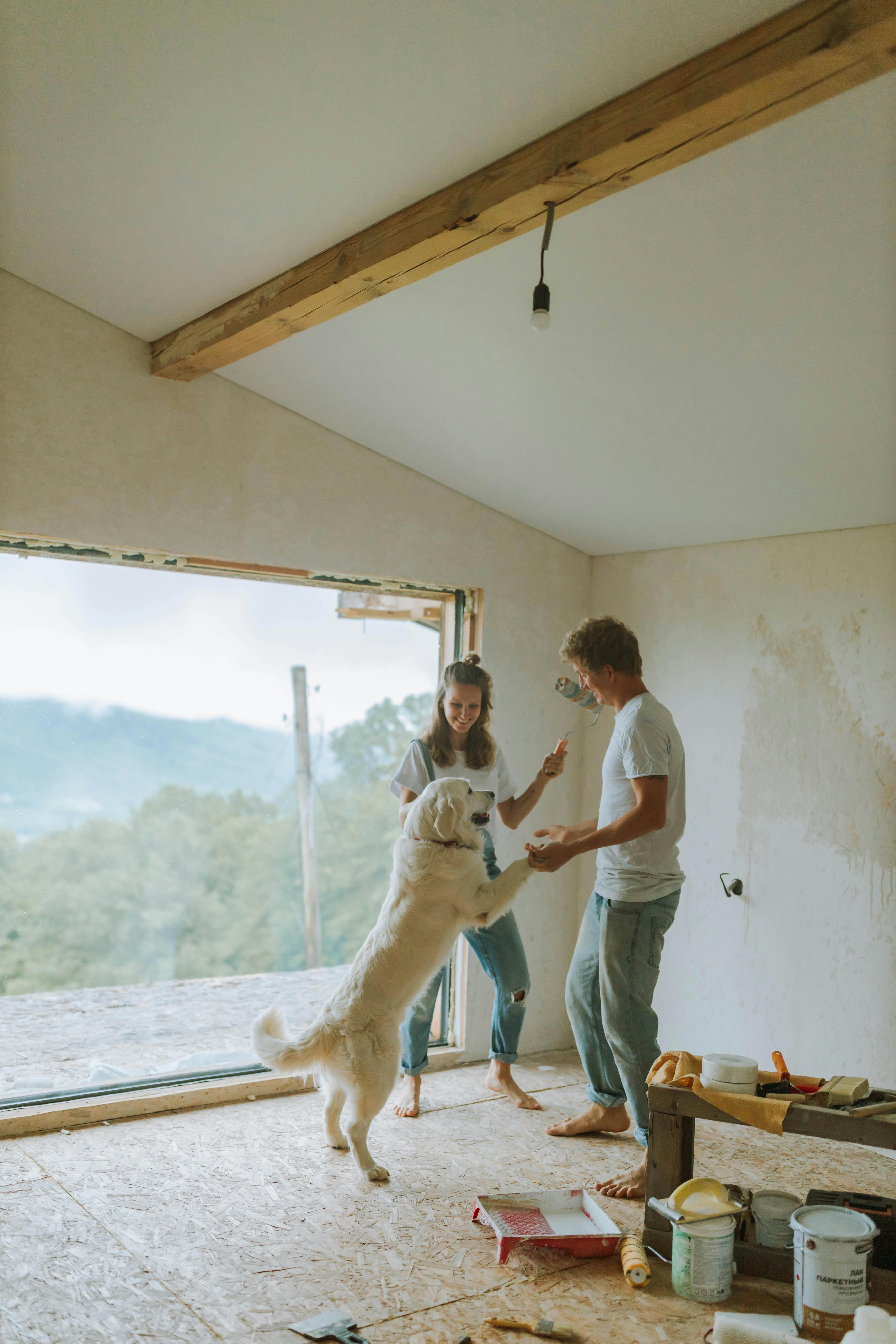
Water damage can strike any property, leaving behind costly repairs, disrupted lives, and even health hazards. Whether it stems from a burst pipe, a leaking roof, or natural disasters like floods, water damage has the potential to cause serious and lasting issues. But not all water damage is the same. It’s essential to recognize the differences between types of water damage to respond effectively and mitigate its impact. Trust the expertise of
to handle extensive water damage.
In this comprehensive guide, we’ll walk you through the three categories and four classes of water damage, offering a clear understanding of how each affects your property. Knowing these distinctions can empower you to communicate confidently with restoration professionals, insurance adjusters, and repair teams, ensuring your property gets the right treatment.
Understanding Water Damage Categories
Water damage isn’t just about how much water is present—it’s also about the level of contamination and potential health risks involved. The term “category” defines how contaminated the water is, and understanding this is key to determining the best response.
Category 1: Clean Water Incidents
Category 1 water damage originates from a sanitary source and poses minimal health risks. This includes water from broken supply lines, overflowing sinks without contaminants, and rainwater leaks. Despite its “clean” classification, Category 1 water can still cause damage if left untreated, as it may degrade into a higher category over time.
Category 2: Greywater Contamination
Category 2, also known as greywater, involves water that contains a moderate level of contamination. Sources include washing machine overflows, dishwasher leaks, and toilet overflows (excluding feces). The presence of organic and inorganic matter can create a breeding ground for mold and bacteria, posing health risks upon contact or ingestion.
Category 3: Black Water Hazards
Category 3, or black water, is the most severe and hazardous. This water contains harmful pathogens, toxic agents, and pollutants. It can result from sewage backups, flooding from rivers or oceans, or contaminated ground surface water. Contact with black water can cause serious illness and extensive property damage, necessitating immediate professional cleanup.
Exploring Water Damage Classes
While categories focus on contamination, “classes” indicate the extent of water infiltration and damage. Understanding these classes can help gauge the severity of the situation and inform the cleanup strategy.
Class 1: Minimal Impact
Class 1 damage involves minimal absorption, typically affecting a small area of a room. Surfaces such as wood, concrete, or tile may only be slightly damp. Cleanup in these cases is relatively straightforward, with little structural impact.
Class 2: Moderate Saturation
Class 2 describes scenarios where an entire room is affected, including carpets, cushions, and subflooring. Water may have seeped into wooden structures and even concrete. Restoration in Class 2 cases requires thorough drying and moisture removal techniques.
Class 3: Overhead and Widespread Damage
In Class 3 damage, water comes from overhead sources, saturating walls, ceilings, insulation, and floors. This class often leads to widespread material damage and requires immediate, professional remediation to prevent further complications like mold growth. Ensure thorough drying and cleaning with the help of
.
Class 4: Deep Saturation and Hard Surfaces
Class 4 is the most extensive, involving saturation of water-resistant materials such as brick, stone, and concrete. Long-standing leaks or flooding may cause this level of damage, and remediation efforts demand specialized equipment and prolonged drying times.
The Importance of Professional Water Damage Restoration
When water damage strikes, the urge to handle the situation on your own might be tempting. However, even seemingly minor leaks can escalate into severe structural damage, persistent mold, and long-term health risks. Engaging professional restoration services is crucial for effective recovery.
For instance, 770 Water Damage & Restoration offers comprehensive solutions for water damage cleanup. Their teams are equipped with the latest technology and expertise to assess, mitigate, and restore your property efficiently.
Whether you’re dealing with a localized leak or widespread flooding, water damage restoration services ensure that every corner of your property is addressed. They use advanced drying techniques, thorough sanitization processes, and structural assessments to guarantee complete restoration.
In addition to handling current issues, these professionals offer complete restoration solutions to safeguard against future damage. From preventative measures to full-scale repairs, they cover all aspects of water damage management. You can mitigate mold growth by relying on
.
If you reside in Arcadia or the surrounding areas, click here for specialized Arcadia water damage restoration. Their local expertise ensures a rapid, efficient response to your unique needs.
Don’t Delay—Contact Water Damage Experts Now
Water damage is relentless. The longer you wait, the more damage it can cause. Immediate action is key. For fast, reliable help, contact the professionals at 770 Water Damage & Restoration today. Their team is ready to provide expert solutions and restore your property to its best condition. For more information, click here…

